Cruce Andino’s Chilean Treasure
July 12, 2018 - 4 minutes read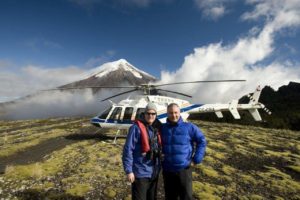 The Cruce Andino route through the Andes between Chile and Argentina is special for several reasons, including the spectacular Vicente Perez Rosales National Park, a mosaic of lakes, waterfalls, lush Patagonian forest and one of the world’s most perfectly shaped volcanoes.
The Cruce Andino route through the Andes between Chile and Argentina is special for several reasons, including the spectacular Vicente Perez Rosales National Park, a mosaic of lakes, waterfalls, lush Patagonian forest and one of the world’s most perfectly shaped volcanoes.
Those who linger in the Chilean park — rather than taking Cruce Andino all the way through from Puerto Varas to Bariloche in one day — can hike or bike through the spectacular scenery, photograph the flora and fauna, relax in thermal baths, take a leisurely boat ride or raft a wild river, climb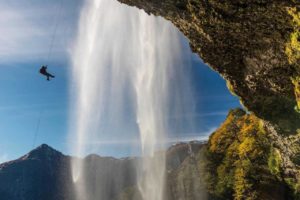 mountains, go fishing or swimming, camp and more depending what time of year you visit.
mountains, go fishing or swimming, camp and more depending what time of year you visit.
There really is an activity for just about everyone inside the 980 square miles of Chile’s oldest national park (created in 1926). Together with adjacent Puyehue National Park in Chile, as well as Nahuel Huapi and Lanín national parks in Argentina, Vicente Perez Rosales is part of a huge continuous protected area of close to 5,800 square miles — an area double the size of Yellowstone National Park.
Among the park’s many highlights are the waterfalls of the Rio Petrohué, conical-shaped and perpetually snow clad Osorno Volcano, Lake Todos los Santos, the super-secluded Puntiagudo River Valley, the Cayutúe Valley, and Tronador Volcano (which straddles the border between Chile and Argentina) and the ancient coigüe forest.
About 30 species of mammals inhabit the park including pudus, pumas, quiques, hualas, taguas kodkod, the mountain cat, South American gray fox, southern river otter, lesser grison, wild ferrets and Chilean marsupials like the long nosed caenolistid and monito del monte.
Around 80 bird species — full-time residents and seasonal visitors — have been spotted in the park. Birders will be particularly lucky to spot the huala, the fuegian steamer duck, torrent duck, common kingfisher, southern crested caracara falcon, striped woodpecker, Magellanic woodpecker, ashy-headed goose, red-gartered coot, and the eagle. Hummingbirds are also pervasive.
Fishing enthusiasts bait their hooks for rainbow and brown trout in the park’s lakes and rivers.
The park’s trail network runs a broad gamut from the easy 10-minute walk to the Petrohué River Waterfalls to the 7.5-mile Paso Desolación trail on 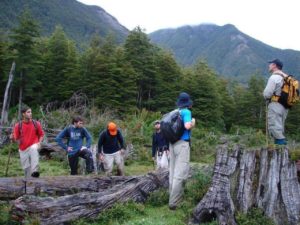 the eastern slopes of Osorno Volcano, a path that also affords panoramic views of Tronador and Todos los Santos.
the eastern slopes of Osorno Volcano, a path that also affords panoramic views of Tronador and Todos los Santos.
The five-mile Sendero Laguna Margarita in Peulla is another popular trail while the 25-mile Paso Vuriloche makes for an amazing five-day horseback camping excursion.
Vicente Perez Rosales is blessed with a rather mild climate compared to many places in the Andes — an annual average temperature of 52 degrees Fahrenheit. Ideal for hiking and other outdoor activities. But the weather changes often, so rain gear is strongly recommended.
Beach camping is available at the lakeside town of Petrohué (westernmost ferry terminal of the Cruce Andino route). There are also cozy wilderness 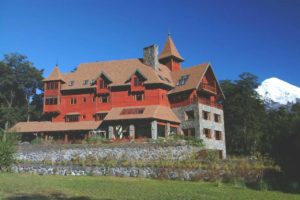 hotels inside the park like the Alpine-style Petrohué Lodge, the historic Hotel Puella (currently closed for renovation), and the neighboring Hotel Natura Patagonia.
hotels inside the park like the Alpine-style Petrohué Lodge, the historic Hotel Puella (currently closed for renovation), and the neighboring Hotel Natura Patagonia.
If you’re there during the southern Hemisphere winter (June-August), 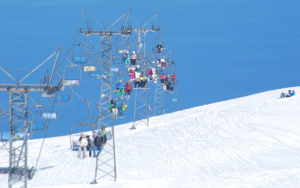 skiing and snowboarding are available at Volcán Osorno Centro de Ski on the mountain’s southwest side.
skiing and snowboarding are available at Volcán Osorno Centro de Ski on the mountain’s southwest side.
0 Comments